Nationality Russian Role Artist Name Alexander Rodchenko | Movement Constructivism Known for painting, photography | |
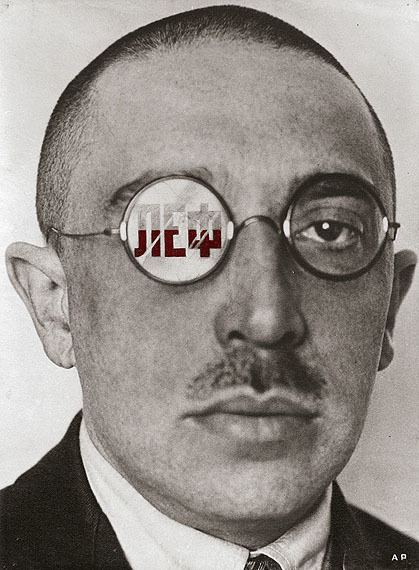 | ||
Full Name Aleksander Mikhailovich Rodchenko Born December 5, 1891 ( 1891-12-05 ) St. Petersburg Artwork Spatial Construction no. 12 Periods Modern art, Constructivism Similar People Vladimir Tatlin, Lyubov Popova, Kazimir Malevich, Gustav Klutsis, Vladimir Mayakovsky | ||
Alexander rodchenko smashing the mould the art of russia bbc 4 preview
Aleksander Mikhailovich Rodchenko (Russian: Алекса́ндр Миха́йлович Ро́дченко; 5 December [O.S. 23 November] 1891 – December 3, 1956) was a Russian artist, sculptor, photographer and graphic designer. He was one of the founders of constructivism and Russian design; he was married to the artist Varvara Stepanova.
Contents
- Alexander rodchenko smashing the mould the art of russia bbc 4 preview
- Graphic Design PioneerAlexander Rodchenko Russian Constructivist
- Life and career
- Influence
- The end of painting
- Photobooks published posthumously
- References
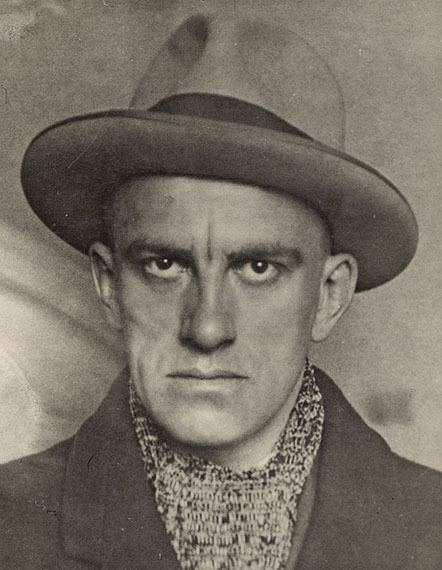
Rodchenko was one of the most versatile Constructivist and Productivist artists to emerge after the Russian Revolution. He worked as a painter and graphic designer before turning to photomontage and photography. His photography was socially engaged, formally innovative, and opposed to a painterly aesthetic. Concerned with the need for analytical-documentary photo series, he often shot his subjects from odd angles—usually high above or down below—to shock the viewer and to postpone recognition. He wrote: "One has to take several different shots of a subject, from different points of view and in different situations, as if one examined it in the round rather than looked through the same key-hole again and again."
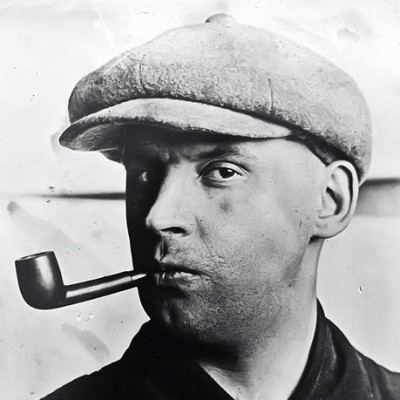
Graphic Design Pioneer—Alexander Rodchenko Russian Constructivist
Life and career
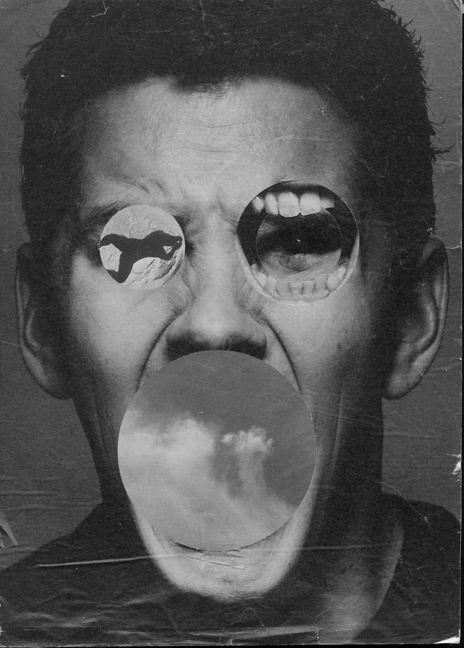
Rodchenko was born in St. Petersburg to a working-class family who moved to Kazan after the death of his father, in 1909. He became an artist without having had any exposure to the art world, drawing much inspiration from art magazines. In 1910, Rodchenko began studies under Nicolai Fechin and Georgii Medvedev at the Kazan Art School, where he met Varvara Stepanova, whom he later married.
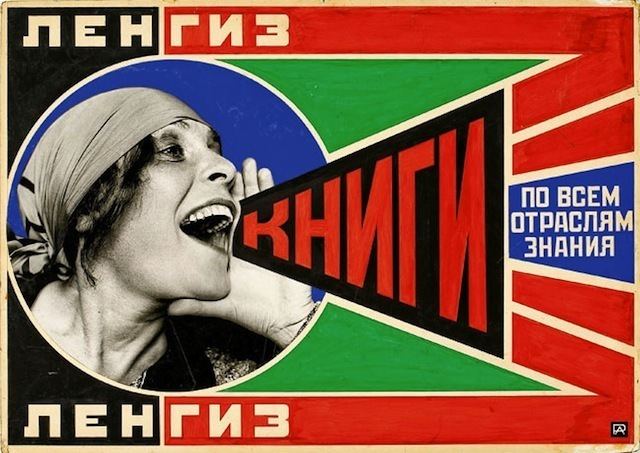
After 1914, he continued his artistic training at the Stroganov Institute in Moscow, where he created his first abstract drawings, influenced by the Suprematism of Kazimir Malevich, in 1915. The following year, he participated in "The Store" exhibition organized by Vladimir Tatlin, who was another formative influence.
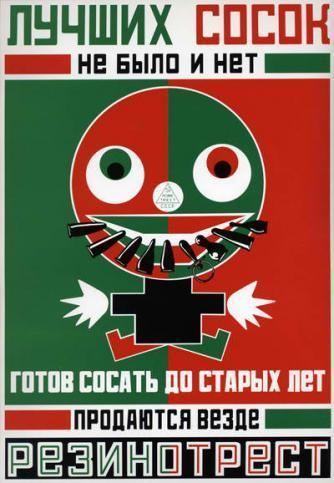
Rodchenko's work was heavily influenced by Cubism and Futurism, as well as by Malevich's Suprematist compositions, which featured geometric forms deployed against a white background. While Rodchenko was a student of Tatlin’s he was also his assistant, and the interest in figuration that characterized Rodchenko's early work disappeared as he experimented with the elements of design. He utilized a compass and ruler in creating his paintings, with the goal of eliminating expressive brushwork.
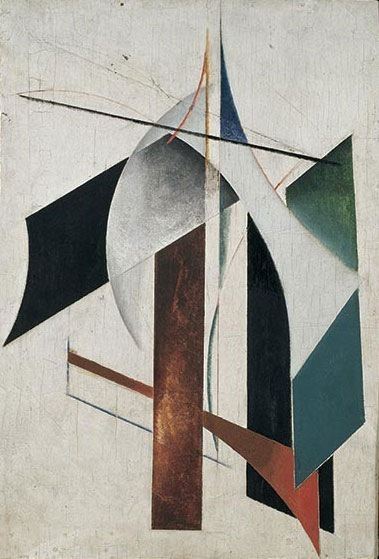
Rodchenko worked in Narkompros and he was one of the organizers of RABIS. RABIS was formed in 1919–1920.
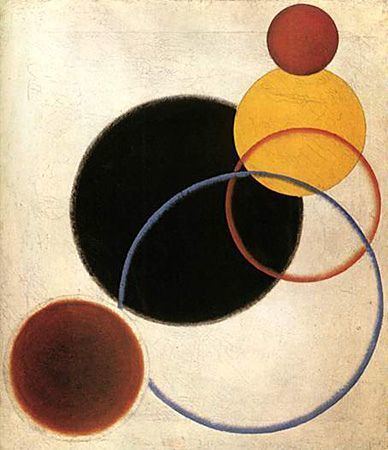
Rodchenko was appointed Director of the Museum Bureau and Purchasing Fund by the Bolshevik Government in 1920, responsible for the reorganization of art schools and museums. He became secretary of the Moscow Artists' Union and set up the Fine Arts Division of the People's Commissariat for Education, and helped found the Institute for Artistic Culture.
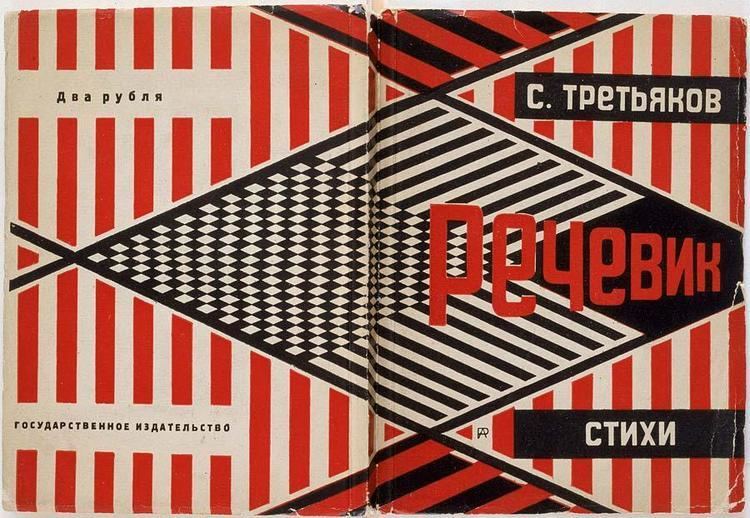
He taught from 1920 to 1930 at the Higher Technical-Artistic Studios (VKhUTEMAS/VKhUTEIN), a Bauhaus organization with a "checkered career". It was disbanded in 1930.
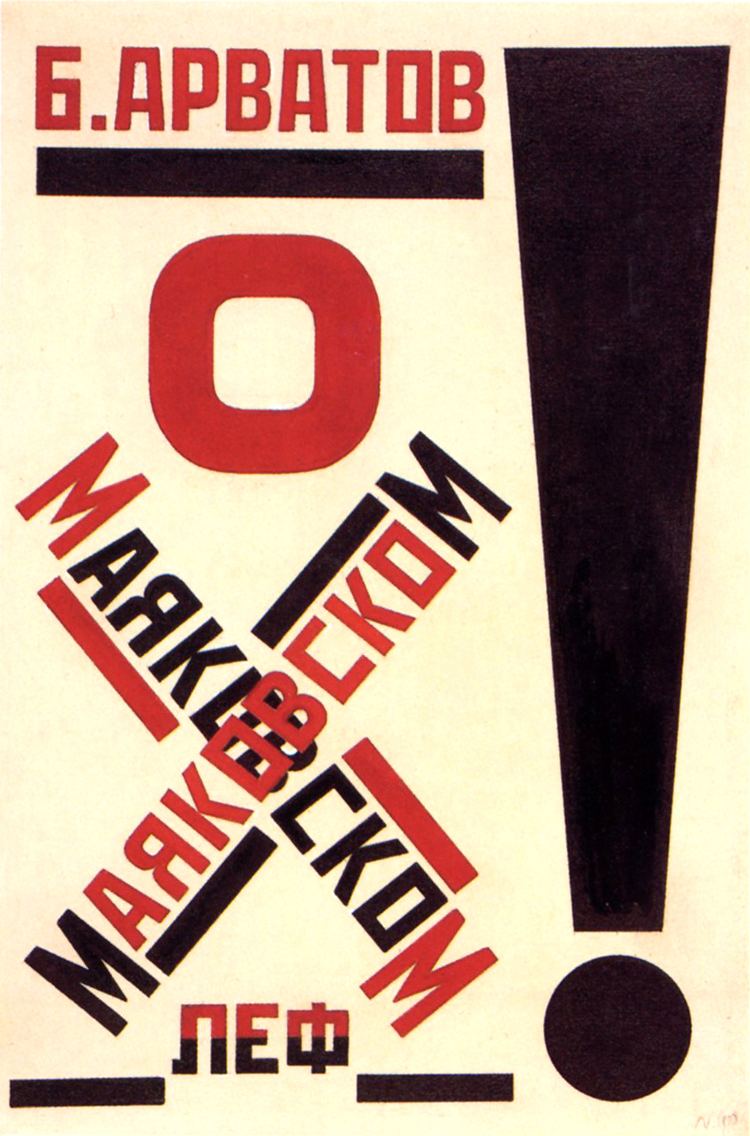
In 1921 he became a member of the Productivist group, with Stepanova and Aleksei Gan, which advocated the incorporation of art into everyday life. He gave up painting in order to concentrate on graphic design for posters, books, and films. He was deeply influenced by the ideas and practice of the filmmaker Dziga Vertov, with whom he worked intensively in 1922.
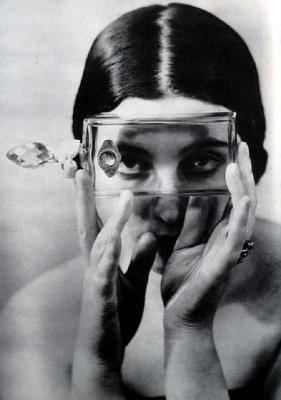
Impressed by the photomontage of the German Dadaists, Rodchenko began his own experiments in the medium, first employing found images in 1923, and from 1924 on, shooting his own photographs as well. His first published photomontage illustrated Mayakovsky's poem, "About This", in 1923. In 1924, Rodchenko produced what is likely his most famous poster, an advertisement for the Lengiz Publishing House sometimes titled "Books", which features a young woman with a cupped hand shouting "книги по всем отраслям знания" (Books in all branches of knowledge), printed in modernist typography.
From 1923 to 1928 Rodchenko collaborated closely with Mayakovsky (of whom he took several portraits) on the design and layout of LEF and Novy LEF, the publications of Constructivist artists. Many of his photographs appeared in or were used as covers for these journals. His images eliminated unnecessary detail, emphasized dynamic diagonal composition, and were concerned with the placement and movement of objects in space. During this period, he and Stepanova did the well-known painted panels of the Mosselprom building in Moscow. Their daughter, Varvara Rodchenko, was born in 1925.
Throughout the 1920s, Rodchenko's work was very abstract. In the 1930s, with the changing Party guidelines governing artistic practice, he concentrated on sports photography and images of parades and other choreographed movements.
Rodchenko joined the October Group of artists in 1928 but was expelled three years later, charged with "formalism". He returned to painting in the late 1930s, stopped photographing in 1942, and produced abstract expressionist works in the 1940s. He continued to organize photography exhibitions for the government during these years. He died in Moscow in 1956.
Influence
Much of the work of 20th century graphic designers is a direct result of Rodchenko's earlier work in the field. His influence has been pervasive. American conceptual artist Barbara Kruger owes a debt to Rodchenko's work.
His portrait of Lilya Brik has inspired a number of subsequent works, including the cover art for a number of music albums. Among them are the influential Dutch punk band The Ex, which published a series of 7" vinyl albums, each with a variation on the Lilya Brik portrait theme, the cover of Mike + the Mechanics album Word of Mouth, and the cover of the Franz Ferdinand album You Could Have It So Much Better. The poster for One-Sixth Part of the World was the basis for the cover of "Take Me Out", also by Franz Ferdinand.
The end of painting
In 1921, Rodchenko executed what were arguably some of the first true monochromes (artworks of one color). These paintings were first displayed in the 5x5=25 exhibition in Moscow. For artists of the Russian Revolution, Rodchenko's radical action was full of utopian possibility. It marked the end of easel painting – perhaps even the end of art – along with the end of bourgeois norms and practices. It cleared the way for the beginning of a new Russian life, a new mode of production, a new culture. Rodchenko later proclaimed, "I reduced painting to its logical conclusion and exhibited three canvases: red, blue, and yellow. I affirmed: it's all over."
